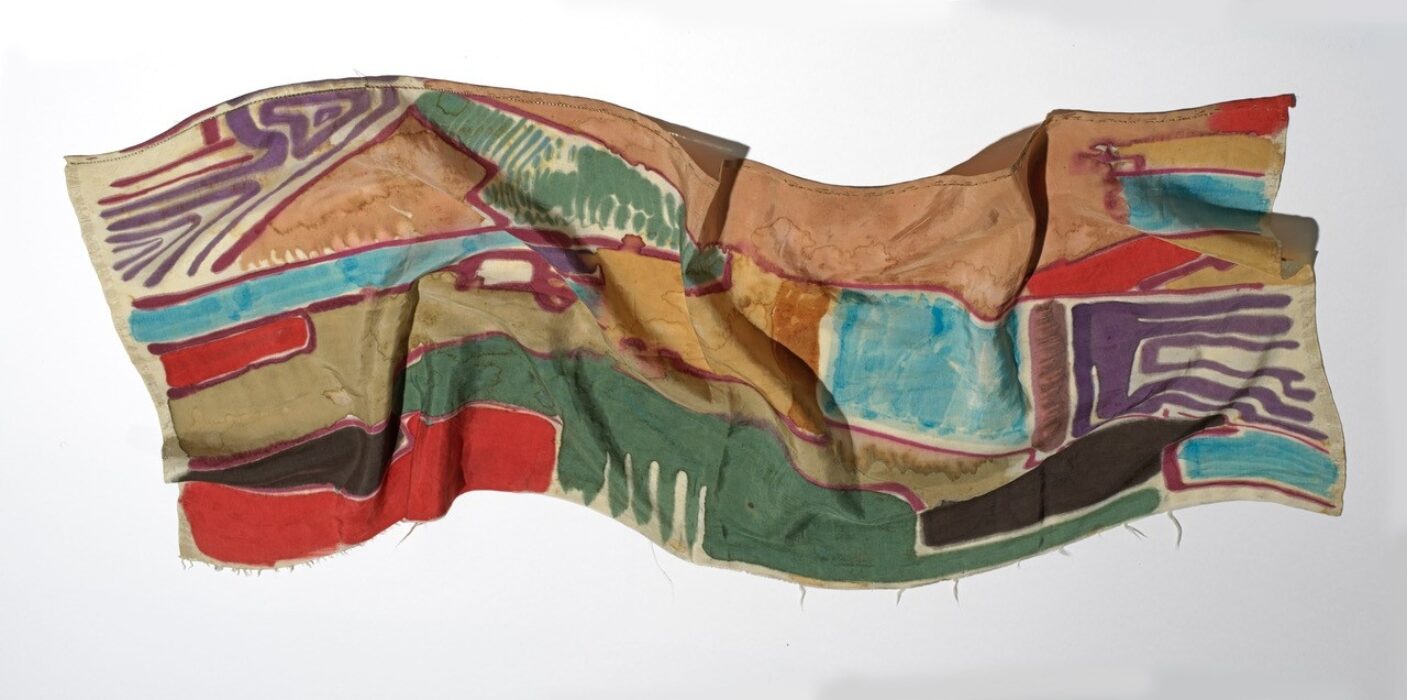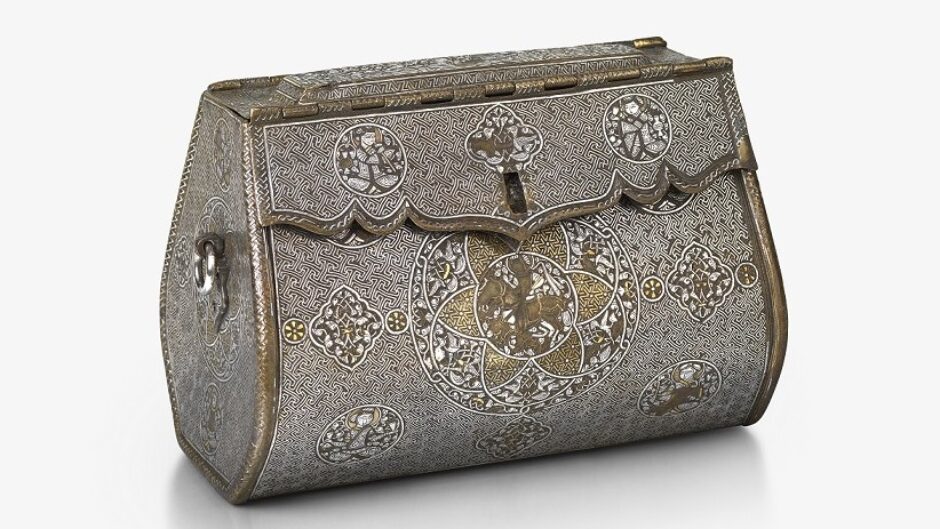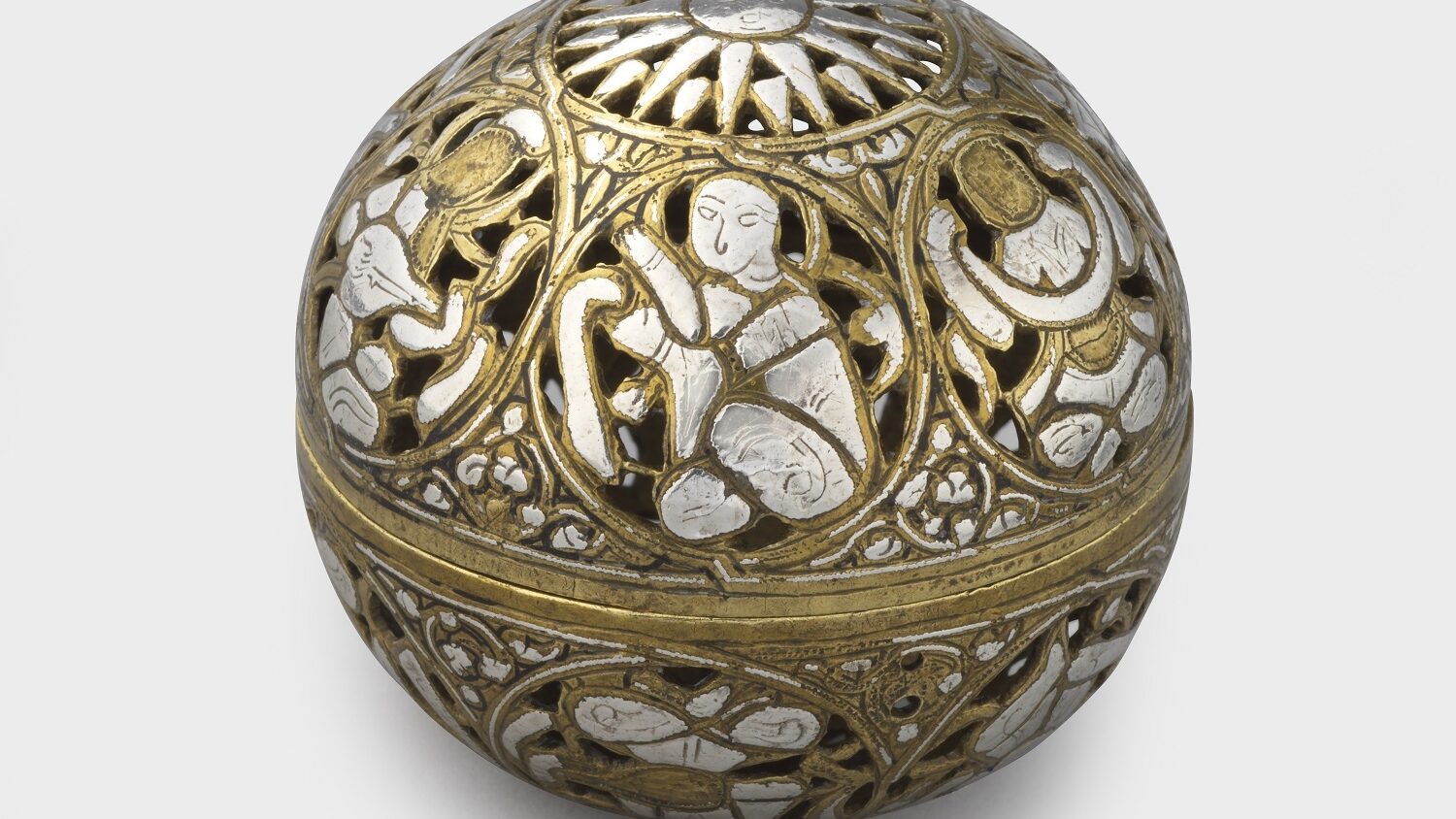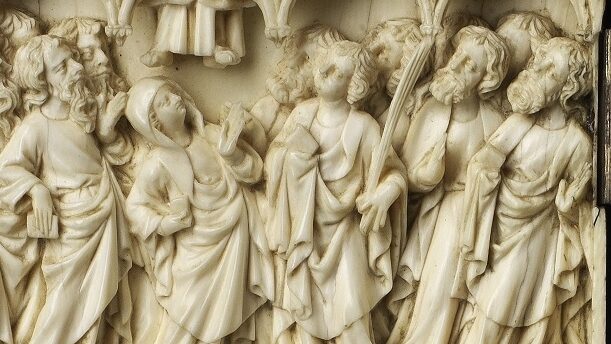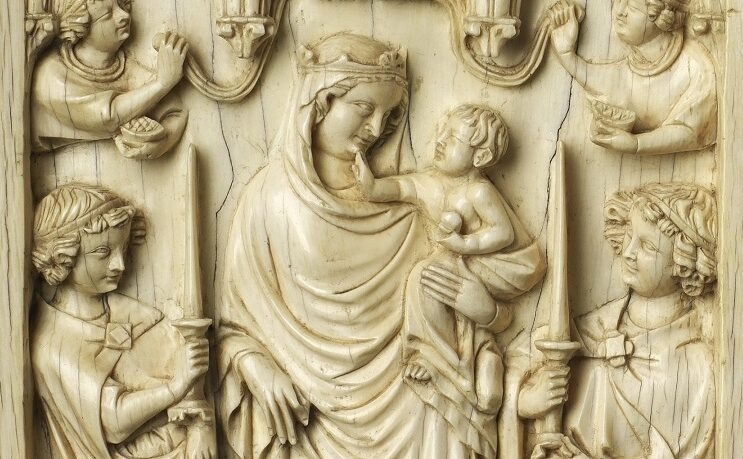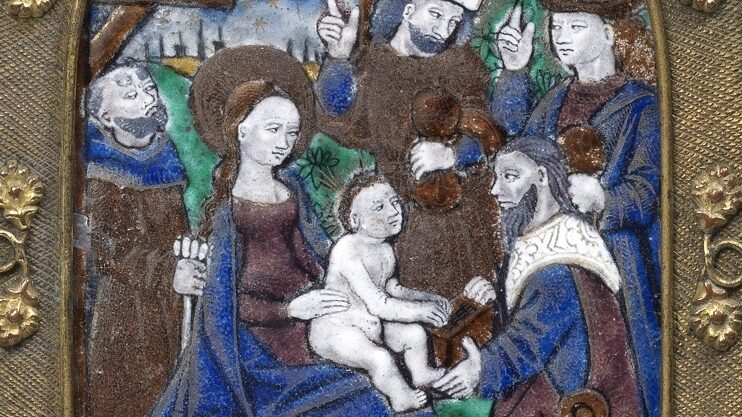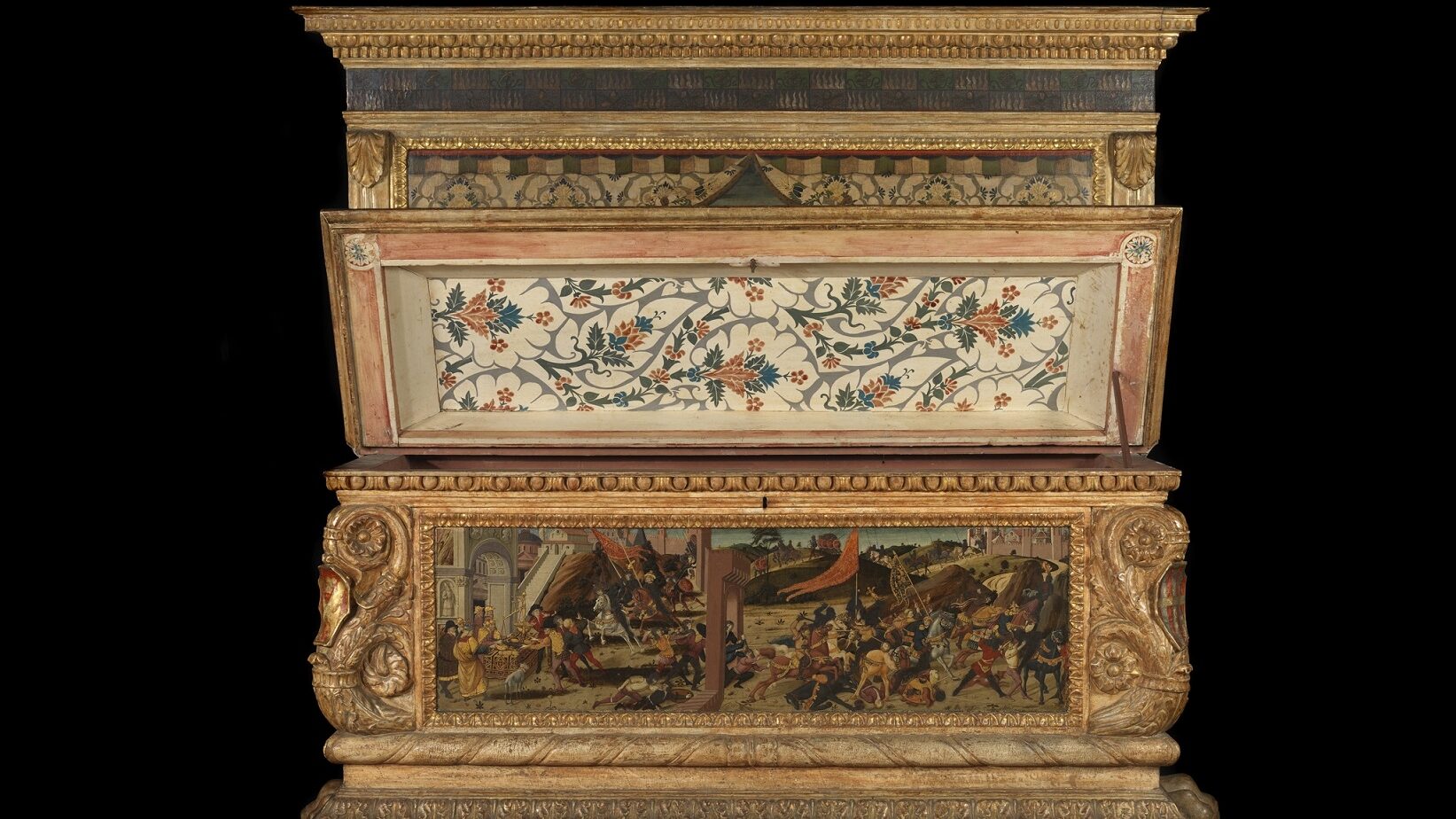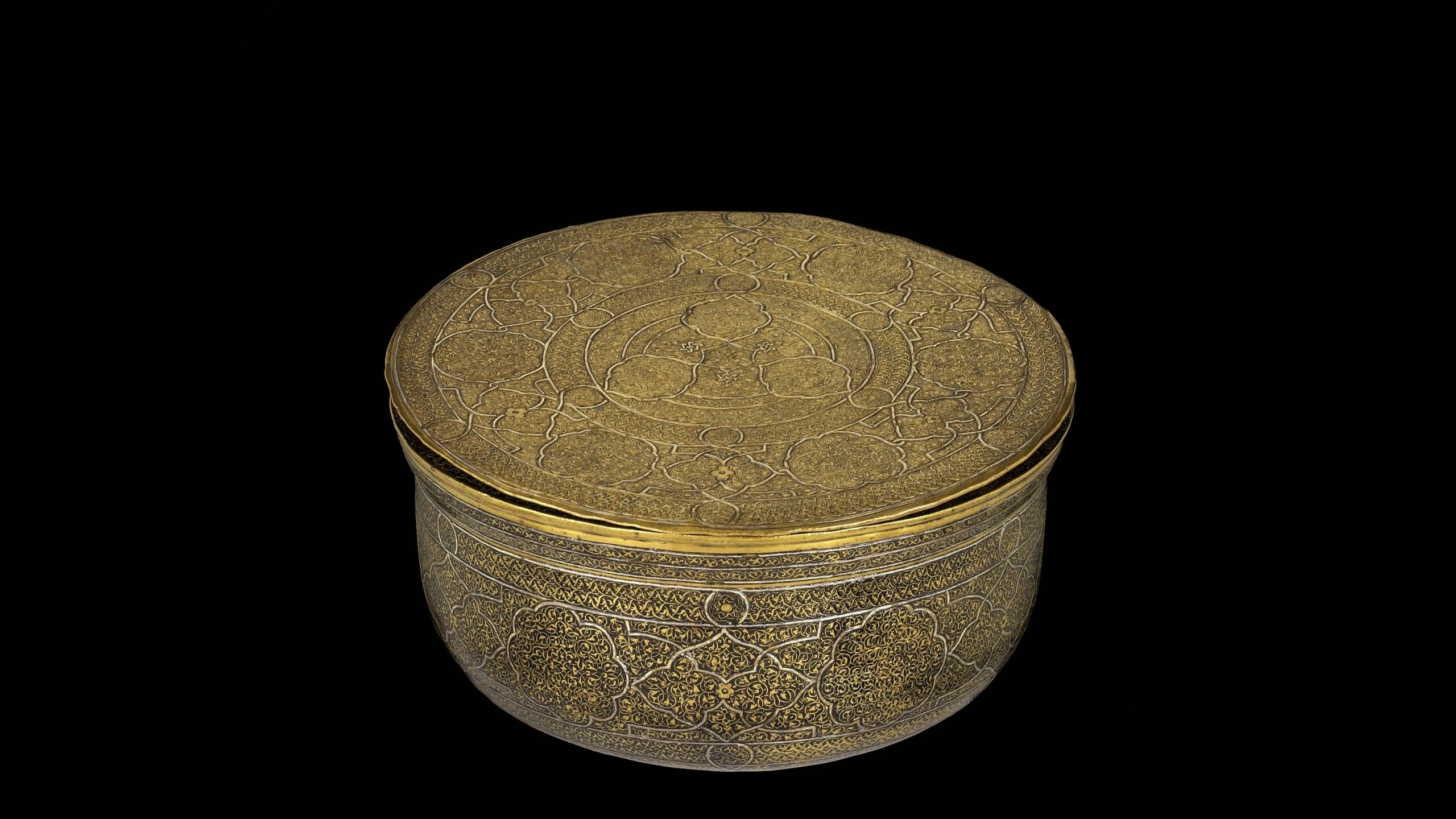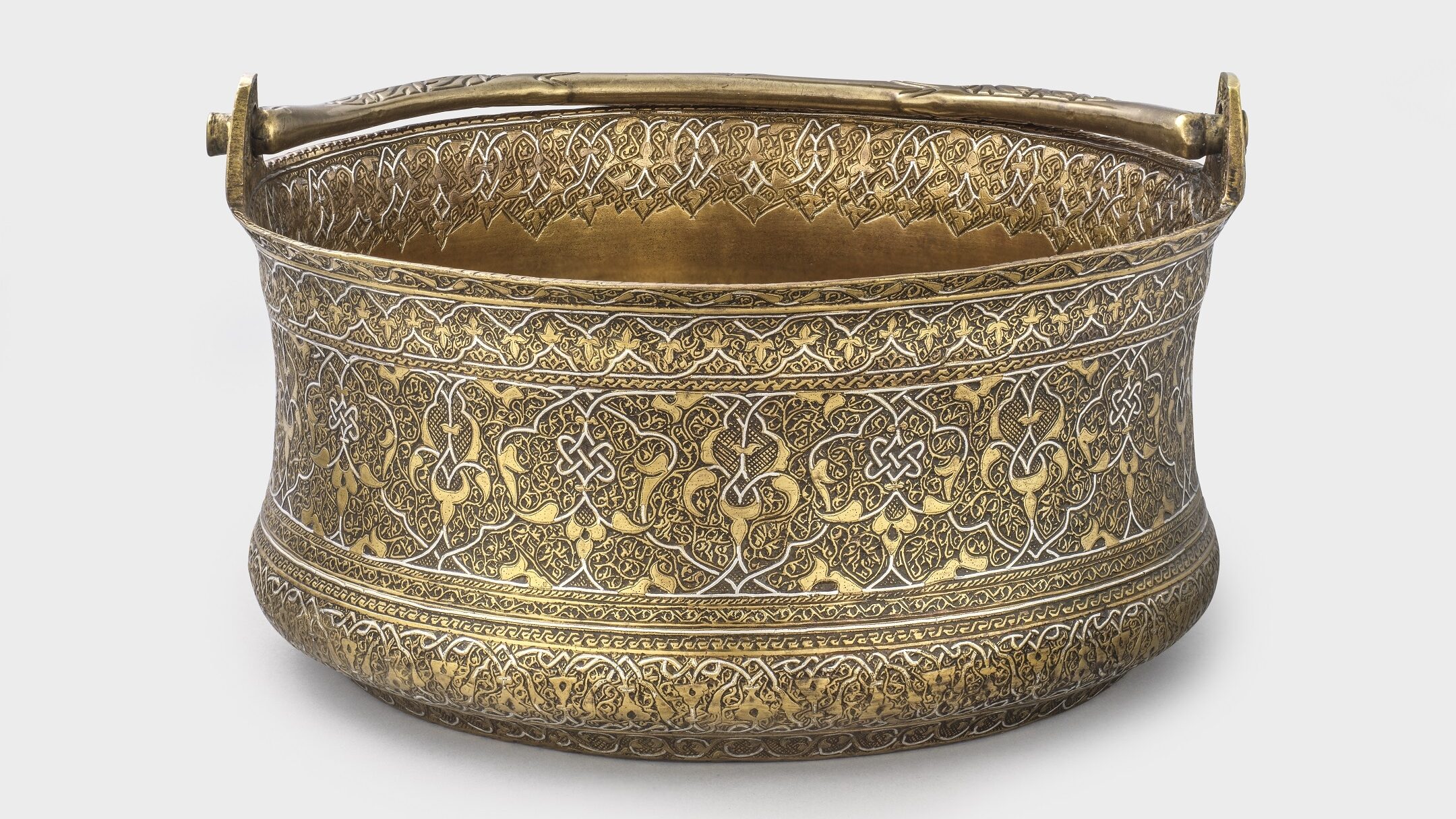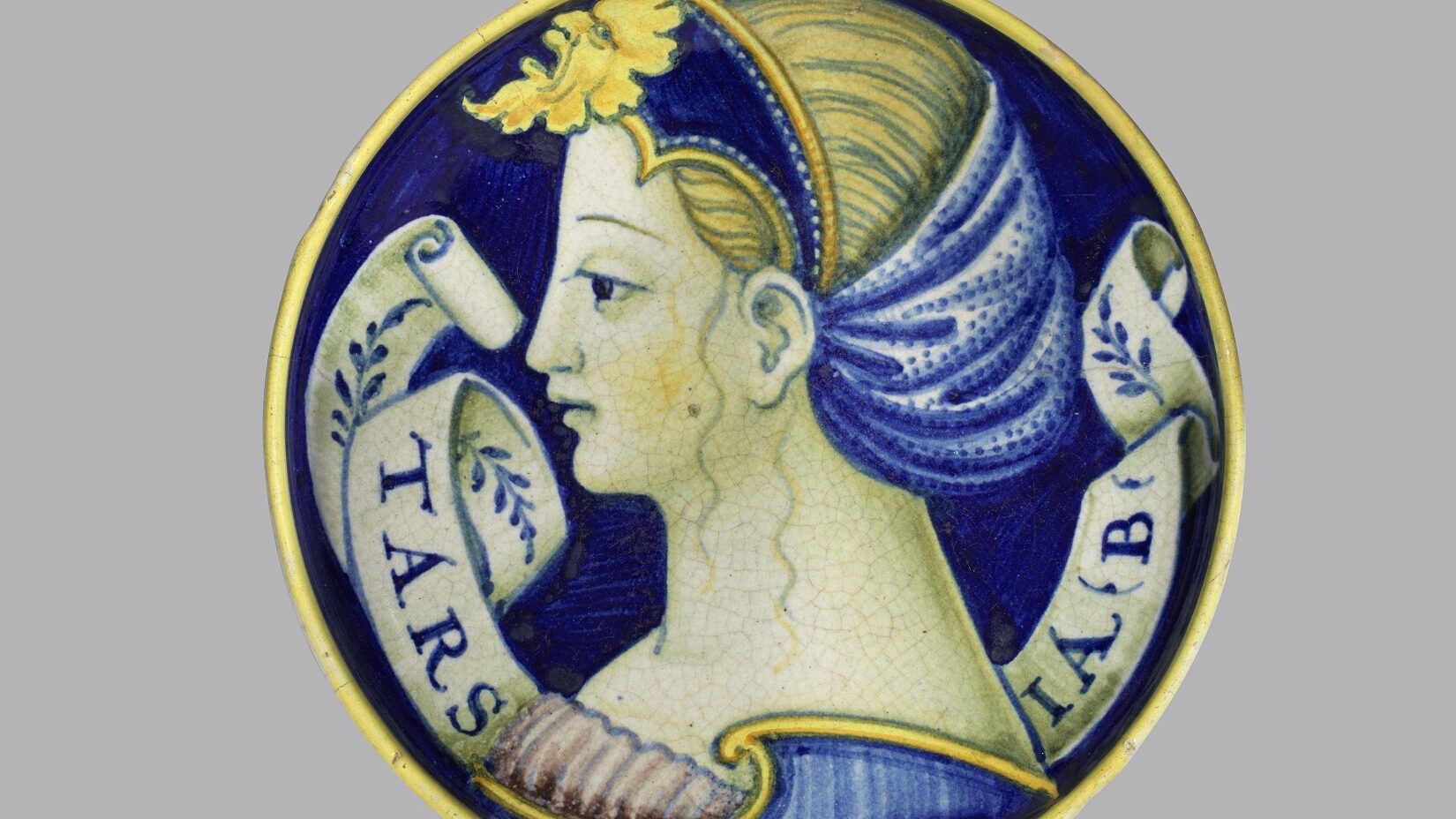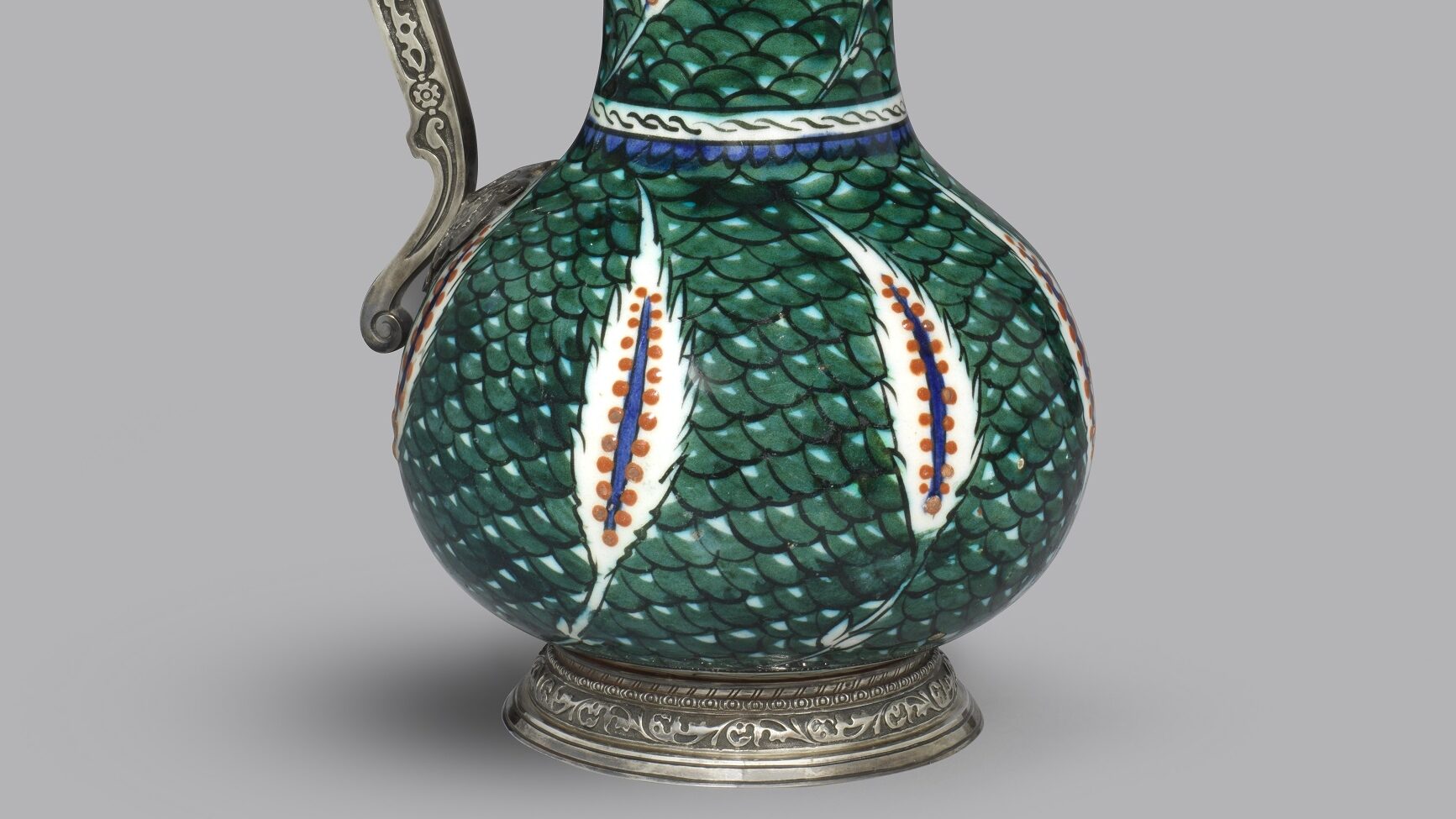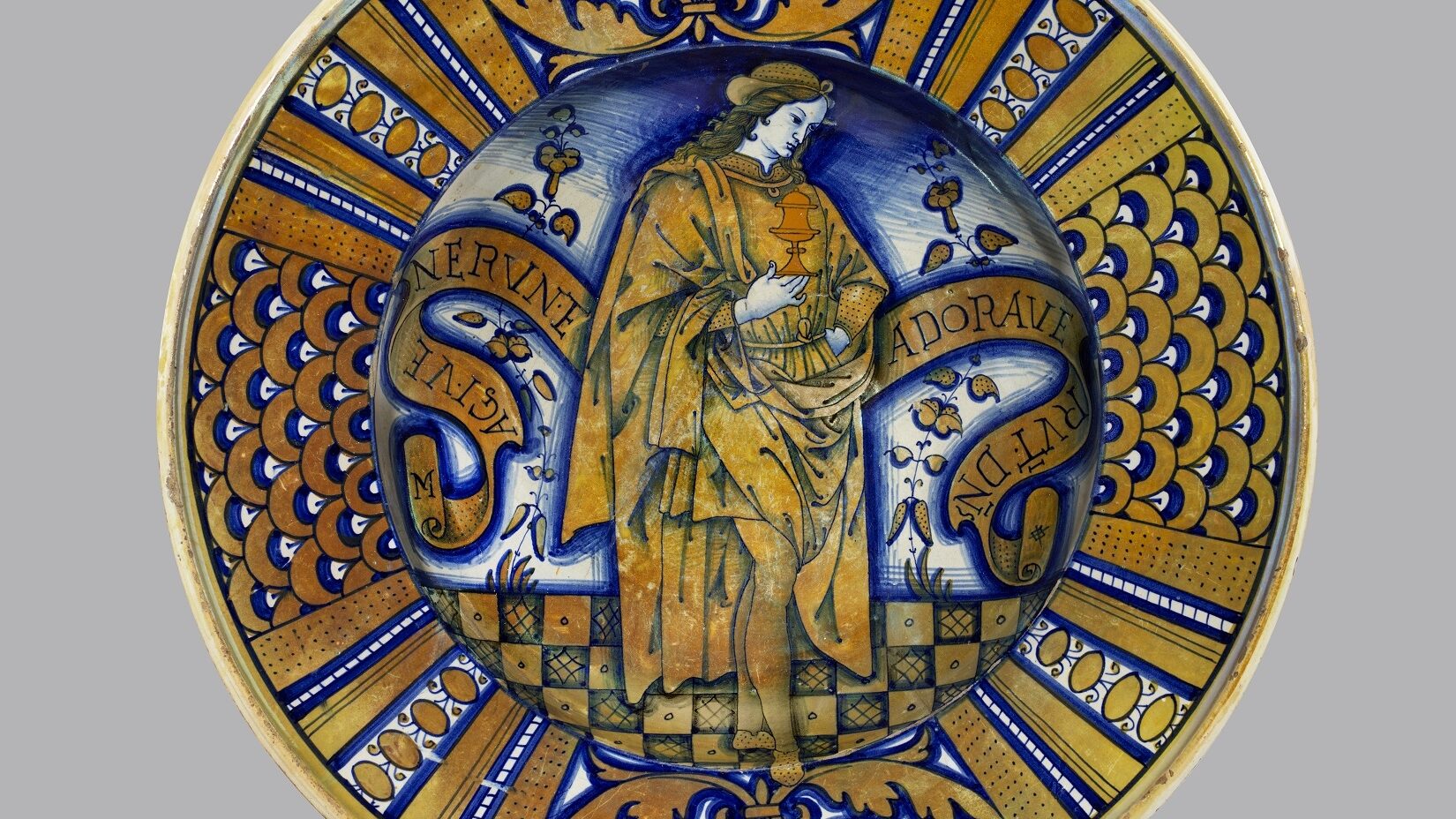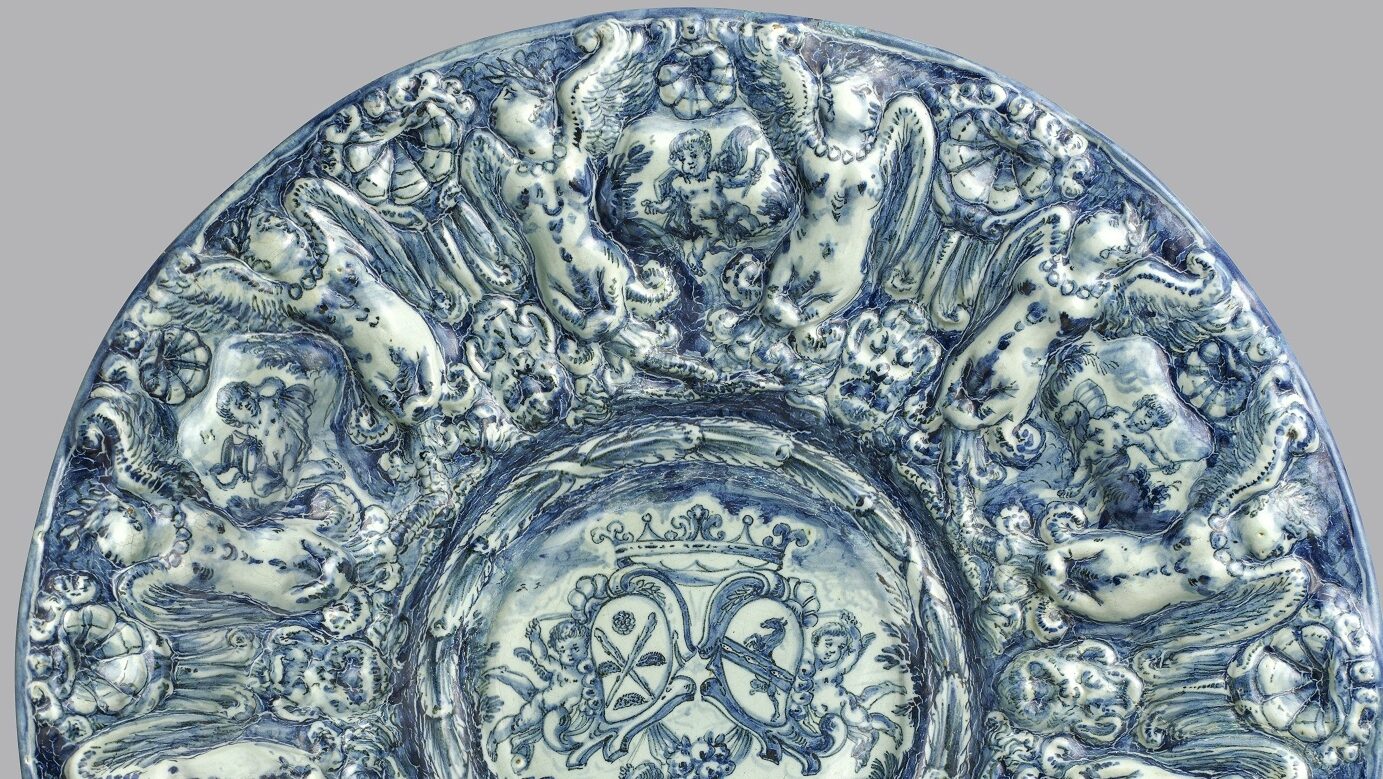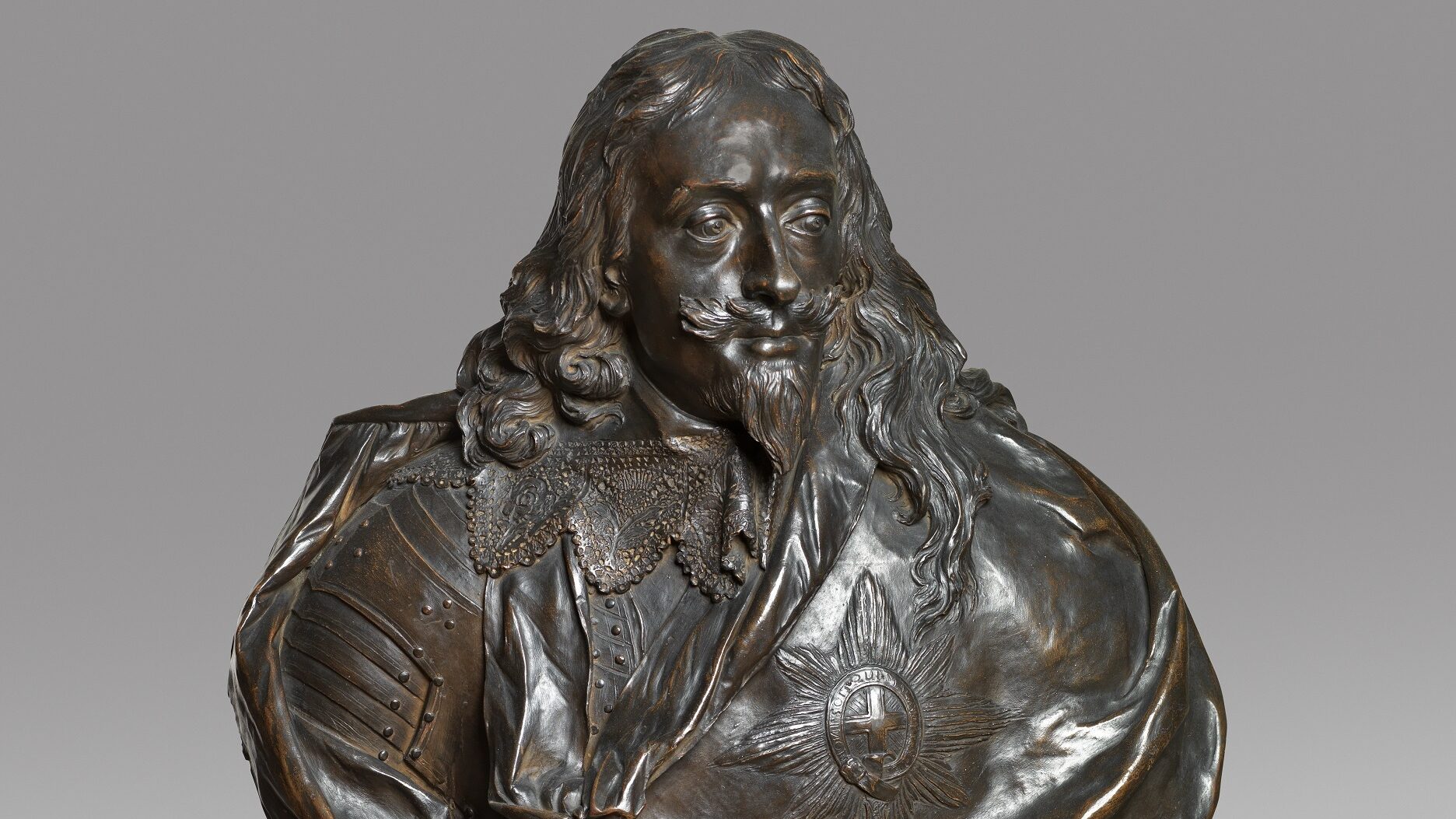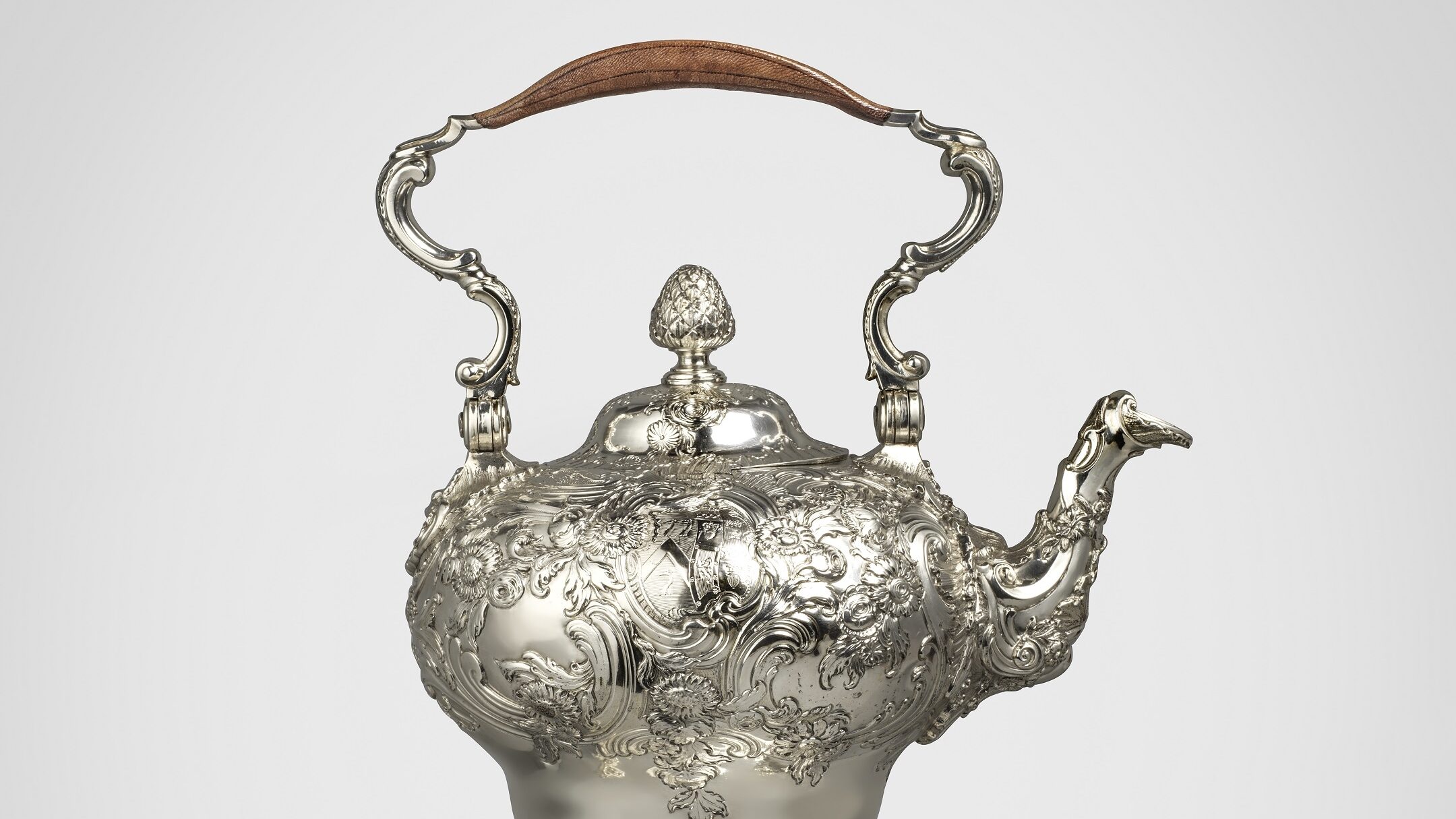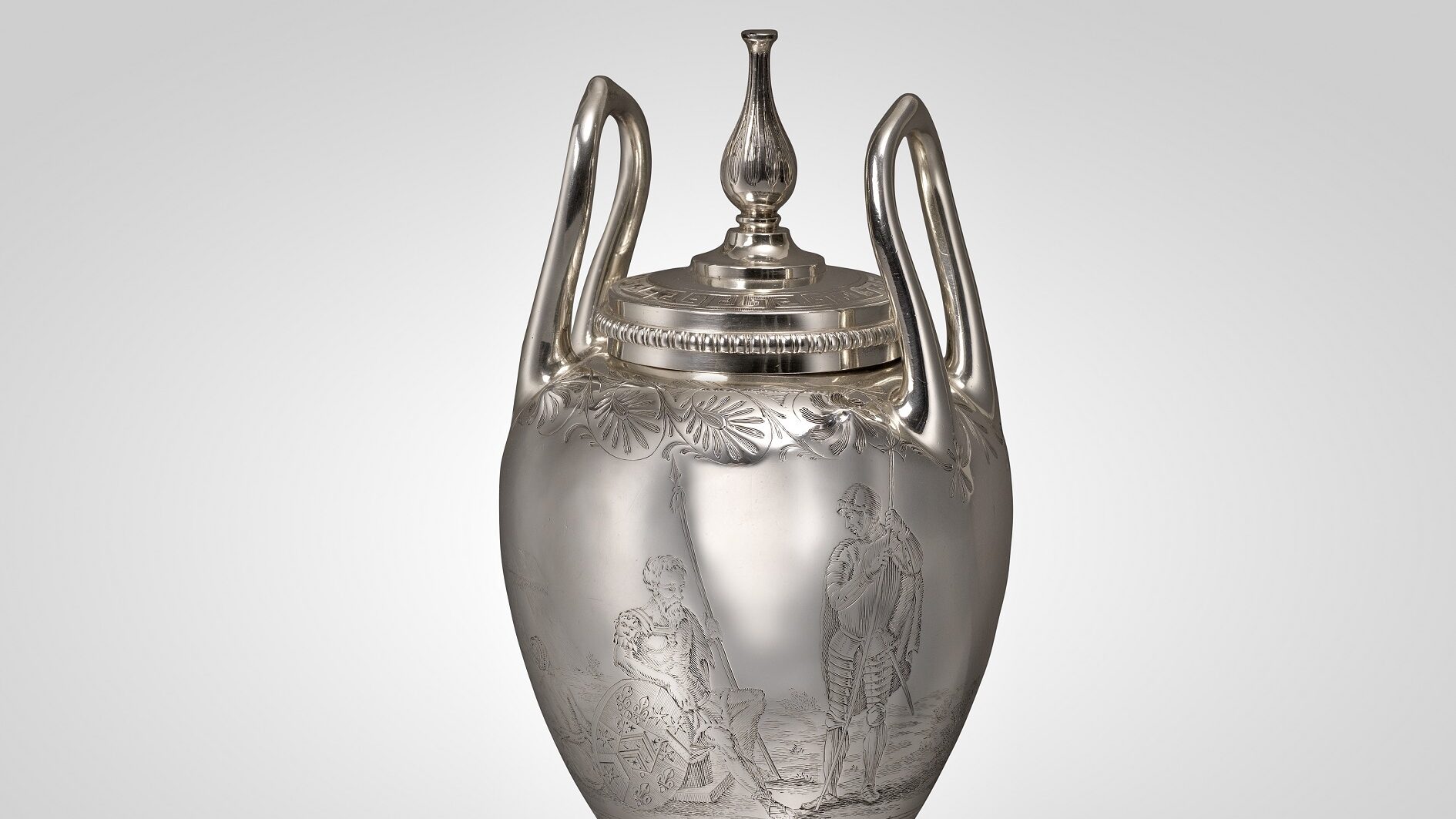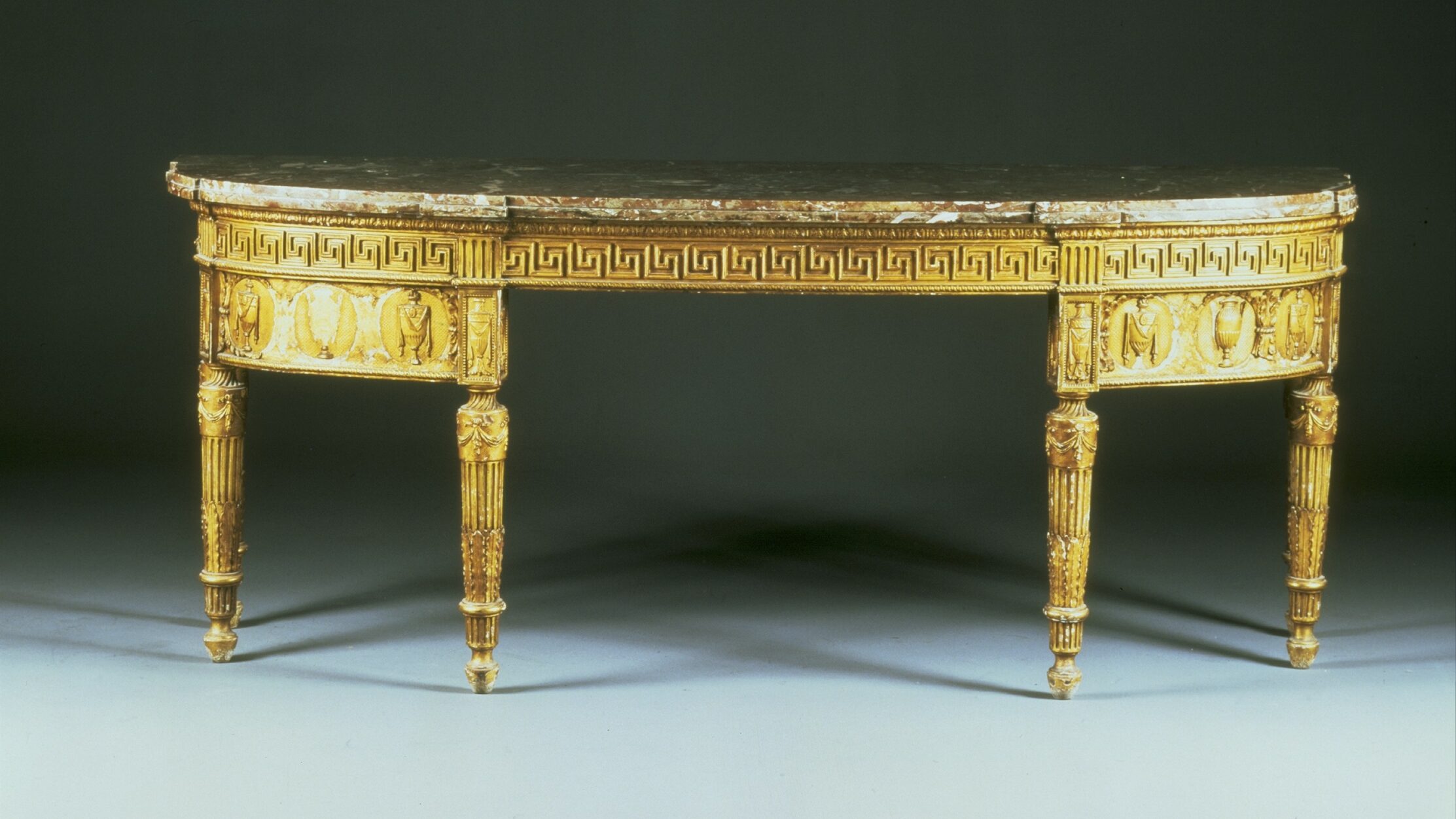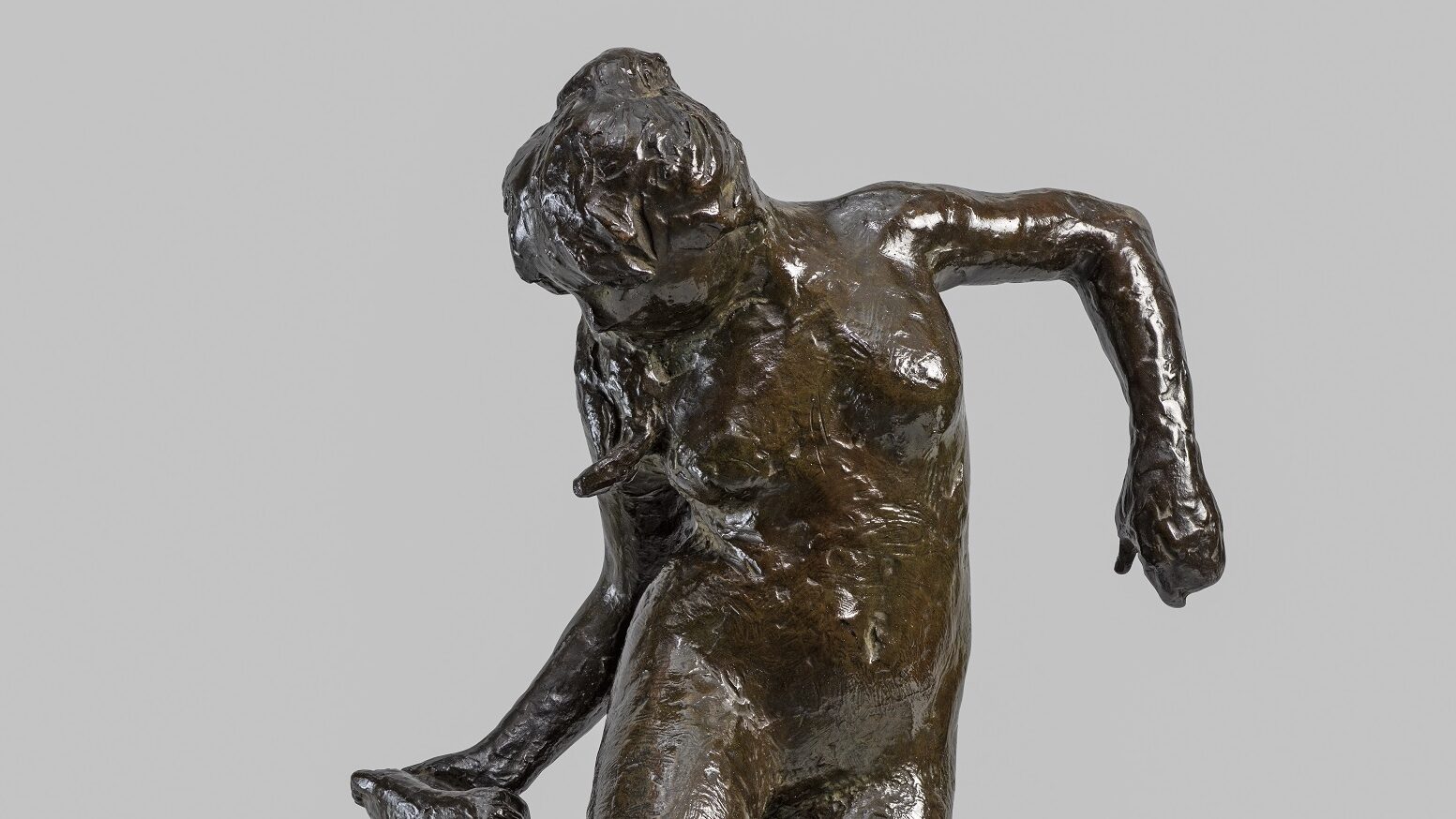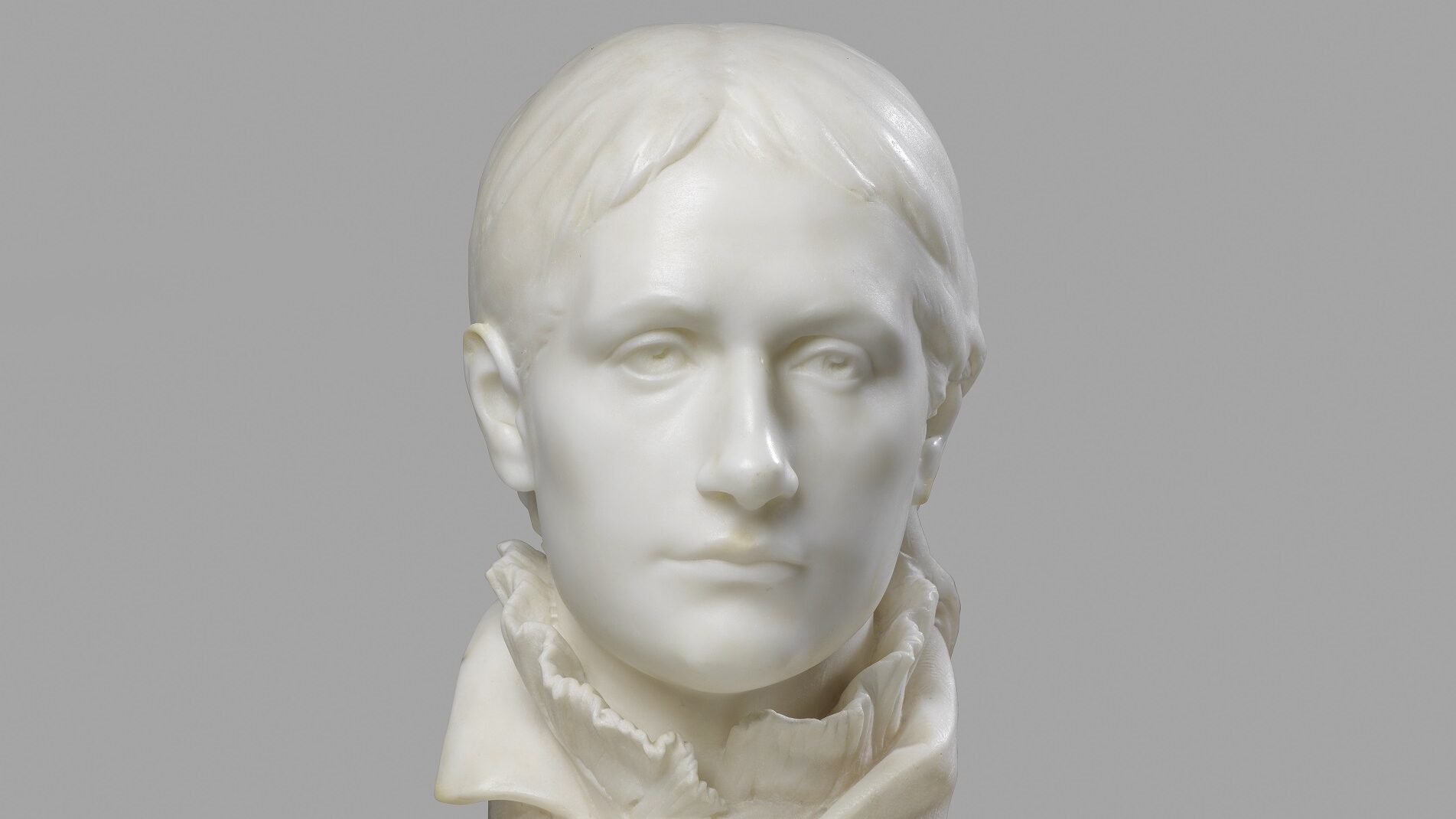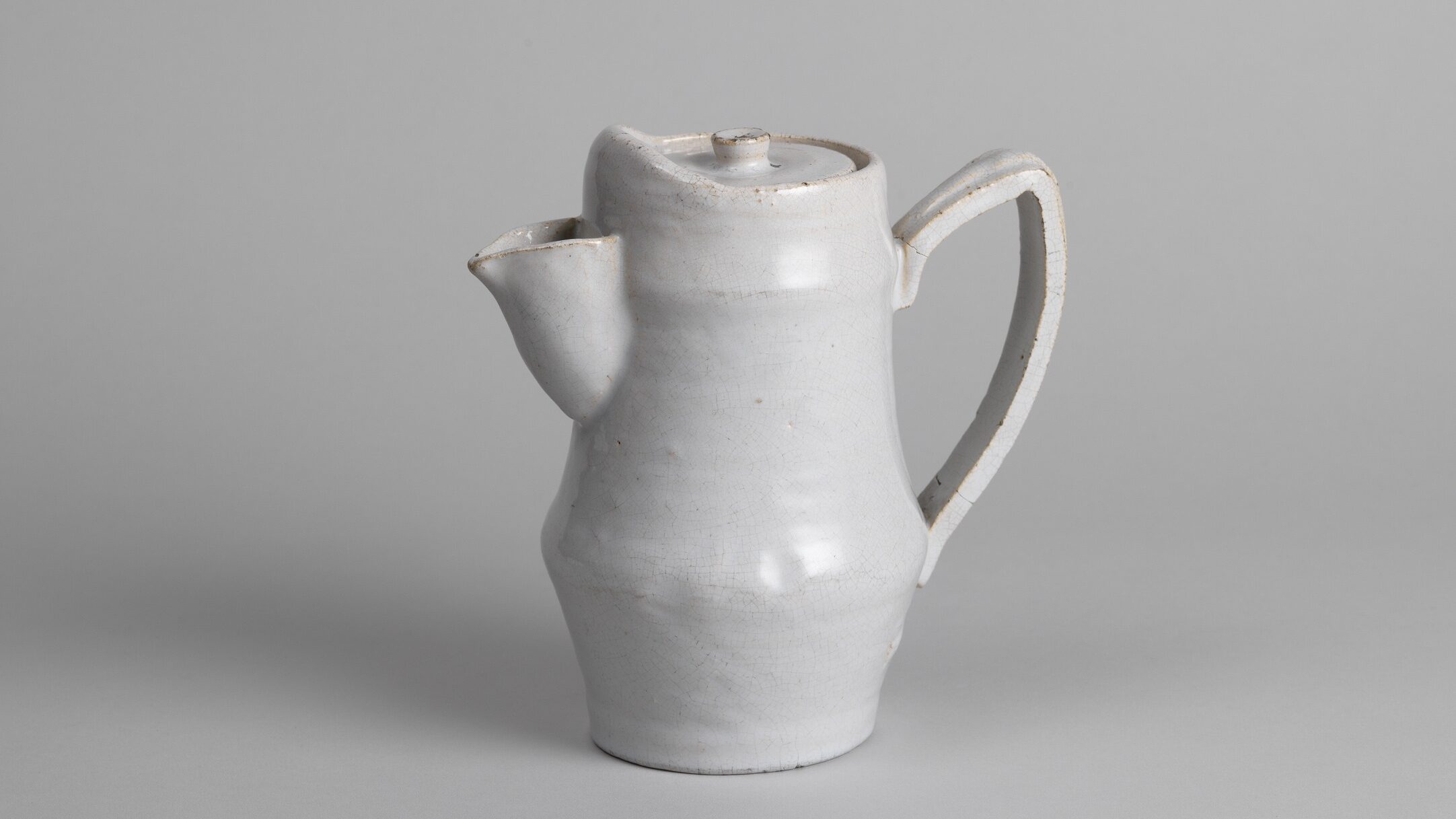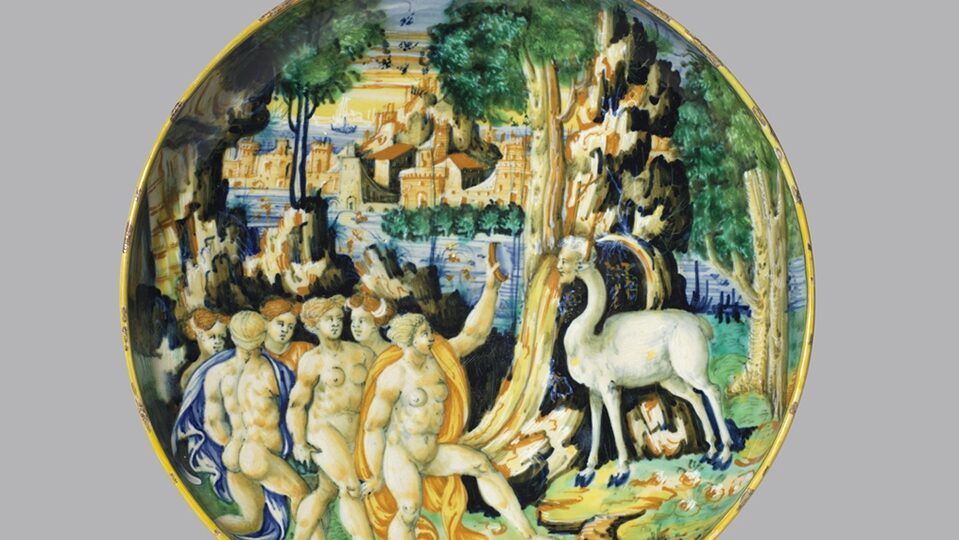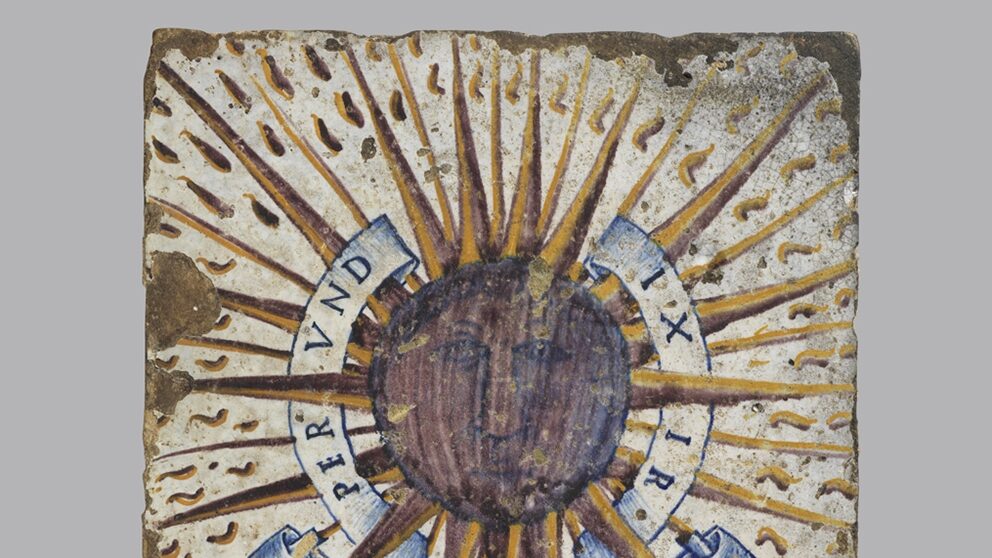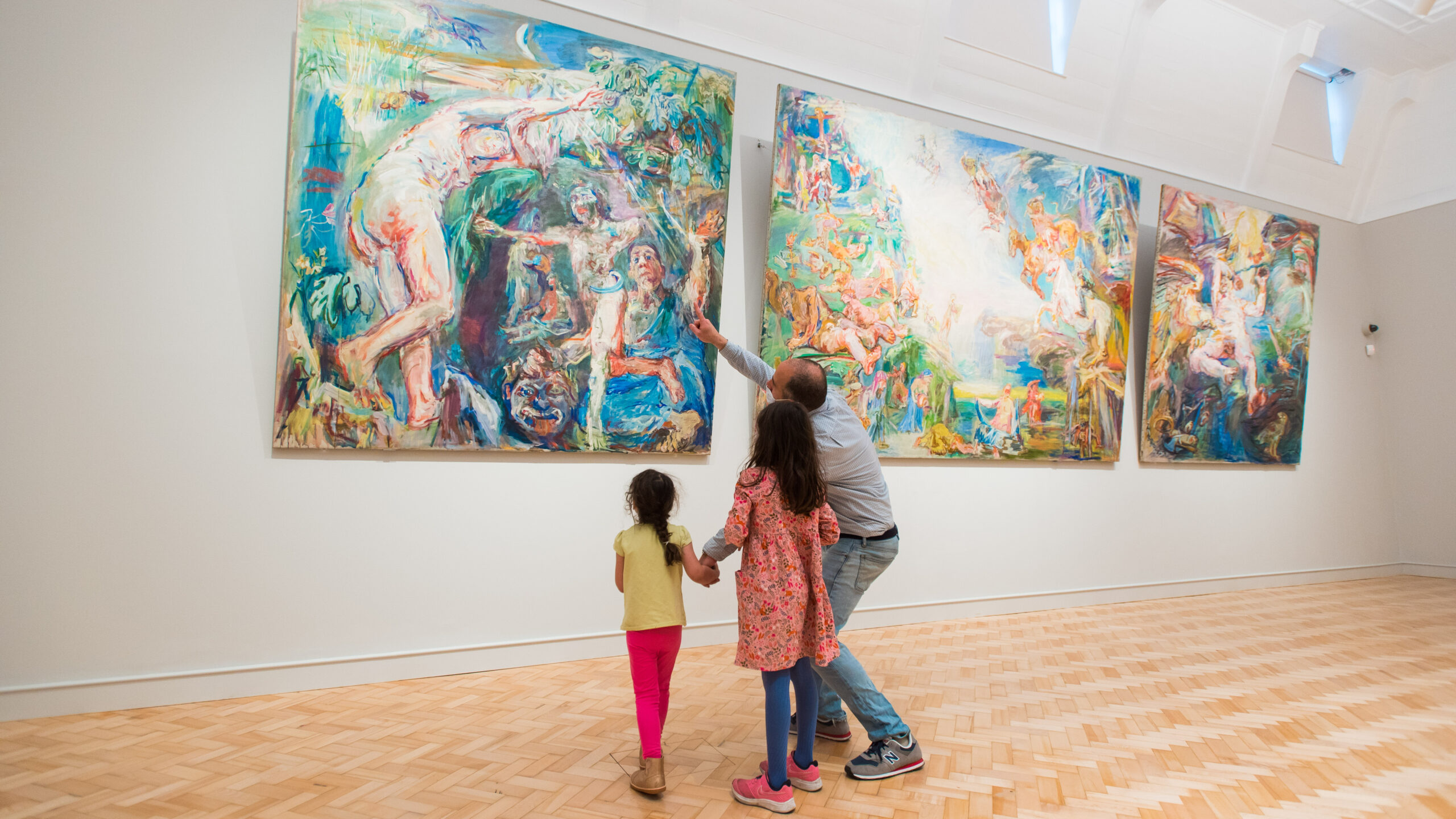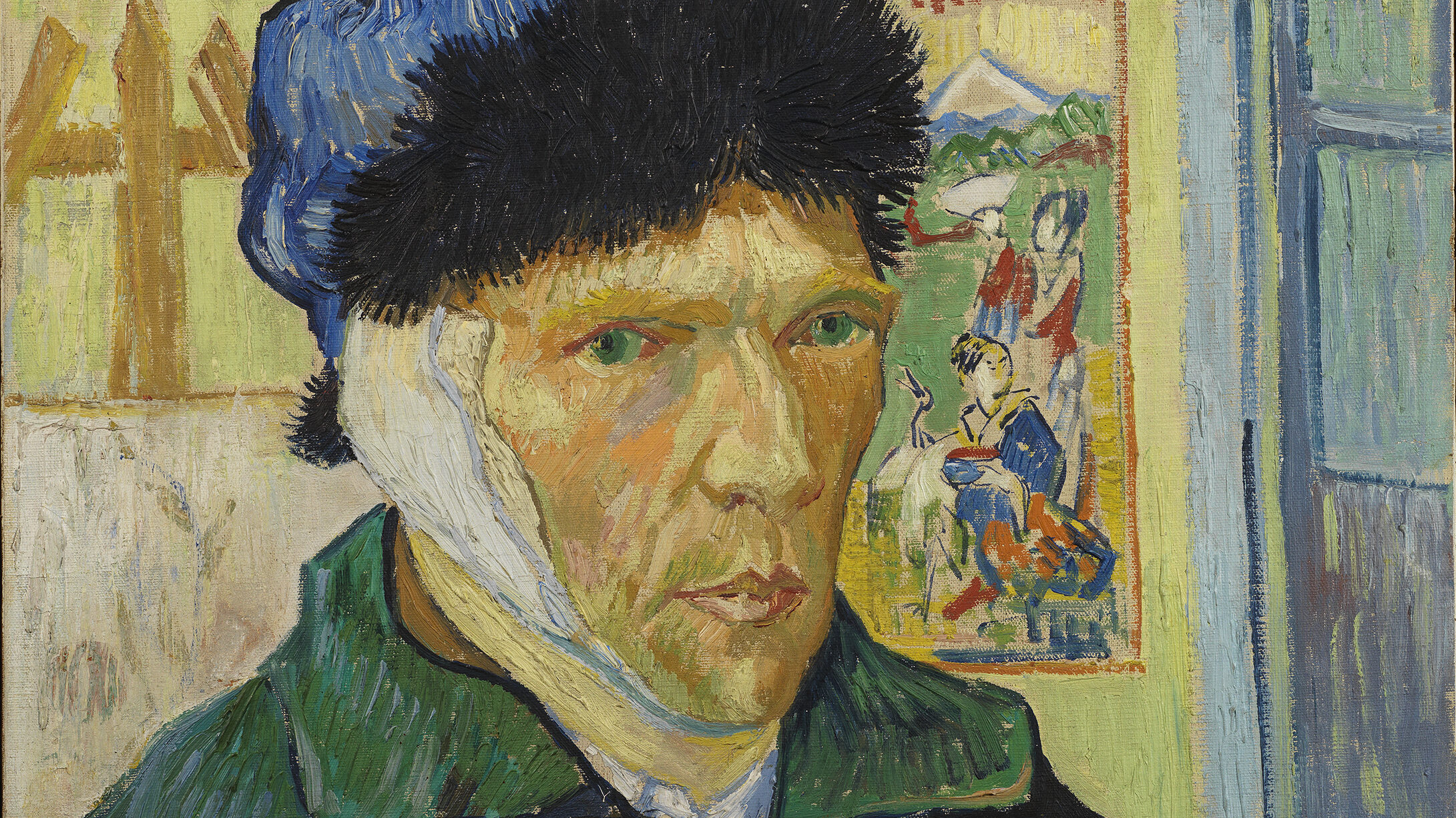Highlights of The Collection
The Courtauld Gallery is home to a wide-ranging collection of sculpture and decorative arts made between the late 1100s through to the 20th century, covering a range of media and techniques, and across broad geographies. These include European Gothic ivory carvings, Islamic metalwork and Italian Renaissance luxury arts including painted ceramics and an exceptional pair of wedding chests. Other highlights include English 18th century silver, French 19th century sculpture and works by British artists of the early 20th century.
The collection on display is under continuous review. This means some of the works of art on this page might not be on view at the time of your visit.
To check if a work of art in the Courtauld Gallery collection is currently on display please visit https://gallerycollections.courtauld.ac.uk/. Works that are not on display can usually be seen by appointment. Although we endeavor to make works available for viewing, please note that in some circumstances this may not be possible. For prints and drawings, please contact printsanddrawings@courtauld.ac.uk .
For paintings, sculpture and decorative art, please contact paintings@courtauld.ac.uk.
1200 - 1400
Among the most moving early works in The Courtauld Gallery’s collection are the delicate Gothic ivory carvings depicting religious themes, made in France and Northern Europe in the 13th and 14th centuries. Other highlights include painted enamels and luxury caskets in ivory and bone. The Courtauld is also home to an important collection of Islamic metalwork. The Courtauld Bag is an extraordinary and unique object made in Mosul (present day northern Iraq) for a noble lady of the Mongol court around 1300 -1330.
1400 - 1600
The Courtauld’s collection of Italian Renaissance works of art includes splendid examples of tin-glazed ceramics – maiolica in Italian – and a unique pair of wedding chests made for a famous merchant family in Florence. Alongside painting and luxury works of art are displayed examples of works of art from the Islamic Mediterranean, including ceramics and exceptional pieces of metalwork made for export to Europe.
1600 - 1800
The Courtauld cares for an important collection of English silver, made by three generations of the Courtauld family. The collection is strong in silverware for the home, especially in pieces used to serve, present and store fashionable new drinks imported from the British colonies. These included tea and coffee, as well as sugar whose production fuelled the slave trade in the West Indies.
Other highlights include furniture, a version of a celebrated clock first made for King George III, Italian ceramics, Venetian and Northern glass, and other luxury pieces made for European courts.
1800 - 1900
The Courtauld Gallery’s 19th century sculpture collection includes Paul Gauguin’s marble of his wife Mette and two bronzes showing Edgar Degas’s ballet dancers. These works are displayed in the Gallery alongside the artists’ paintings. The collection continues into the 20th century, with works by sculptors of the British School. Less well known is the small group of African and Oceanic wooden sculpture and objects, which belonged to Roger Fry, the art critic and artist of the early 20th century Bloomsbury Group. The Courtauld also houses one of the most important collections of designs by leading artists of the Omega Workshops.
Latest acquisitions
The Courtauld is delighted to have acquired two fine examples of Italian Renaissance tin-glazed earthenware (maiolica) through the Cultural Gifts Scheme, which is administered by the Arts Council. The works were presented to the scheme by Sam Fogg, a leading dealer in European Medieval art and a long-standing supporter of academic and gallery initiatives at The Courtauld, with a wish that they be given to The Courtauld.
Illuminating Objects
Illuminating Objects is supported by McQueens Flowers and explores some of the ornate, unusual and largely unknown objects in The Courtauld’s sculpture and decorative arts collections.
Delivered in partnership with young scholars outside the History of Art in disciplines such as anthropology, theology and the sciences, and with partner higher education institutions, students focus on researching one object in our collection that sparks their curiosity.
